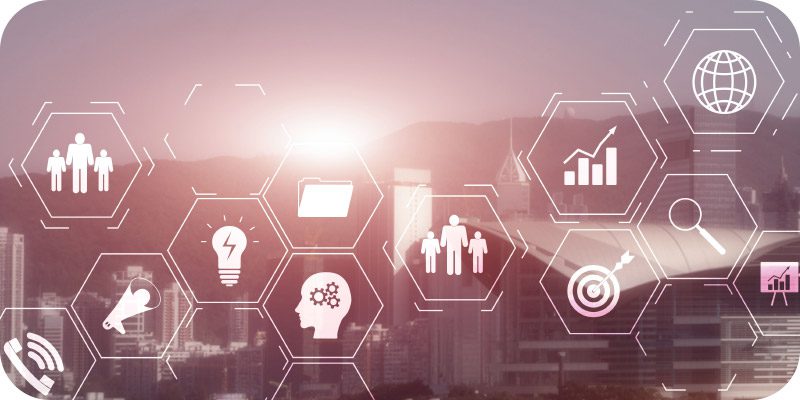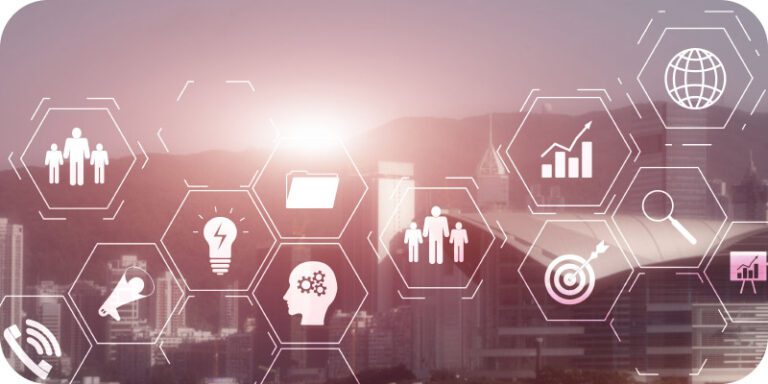Unlocking True Workplace Productivity with Seamless Integrations


Jason Beem, the CEO of Panopto, explains how seamless integrations are the key to maximizing workplace productivity. This article originally appeared in Insight Jam, an enterprise IT community that enables human conversation on AI.
 In the last decade, a digital transformation has drastically changed the modern workplace with a myriad of tools and platforms designed to meet the needs of businesses across all industries. The rise of cloud computing, artificial intelligence (AI), and automation has given businesses endless solutions to address all different aspects of operations. While these tools have increased efficiency, streamlined processes, and moved data-driven decisions to the forefront, they’ve also introduced their own unique challenges, creating fragmented workflows, app overload, and barriers to productivity.
In the last decade, a digital transformation has drastically changed the modern workplace with a myriad of tools and platforms designed to meet the needs of businesses across all industries. The rise of cloud computing, artificial intelligence (AI), and automation has given businesses endless solutions to address all different aspects of operations. While these tools have increased efficiency, streamlined processes, and moved data-driven decisions to the forefront, they’ve also introduced their own unique challenges, creating fragmented workflows, app overload, and barriers to productivity.
Employees are now expected to juggle multiple platforms, each with its own interface, learning curve, and access restrictions. This growing complexity doesn’t just slow down work; it actively diminishes focus, collaboration, and overall effectiveness. Without seamless integration, even the most powerful technologies fail to reach their full potential, leaving employees frustrated and organizations struggling to maximize their investments.
The Pitfalls of Fragmented Workflows
While specialized tools serve critical business functions, they often operate in silos, forcing employees to switch between platforms to complete tasks. On average, organizations use 112 software applications, leading to app fatigue, cognitive overload, and inefficiencies that slow down workflows. The time spent switching between applications breaks employee focus and ultimately reduces the quality of their work. The more tools required, the greater the learning curve—further compounding the problem.
This challenge also extends beyond traditional software. Many organizations rely on recorded knowledge, such as training materials and onboarding resources, to help employees stay informed. When these resources exist in disparate systems with limited searchability, they often go underutilized or even completely neglected. Employees waste valuable time searching for critical information, and the lack of accessibility undermines productivity and learning outcomes.
Streamlining Workflows with Seamless Integrations
The idea of “in-the-flow-of-work” engagement is not a new concept, yet it is very rarely used. Development and training should be integrated into everyday tasks, allowing employees to access relevant information and resources when and where they need them rather than disrupting their workflow.
The concept is simple: instead of forcing employees to adapt to new systems, technology should adapt to them. Seamlessly embedded solutions minimize disruptions, allowing employees to complete tasks within a unified environment—without switching between platforms.
The full benefits of in-the-flow-of-work solutions include:
-
Eliminating productivity roadblocks: 71 percent of organizations report that employees spend more time than necessary searching for information to complete any given task. Integrated tools reduce app-switching, allowing employees to access training resources, meeting recordings, and operational data within the platforms they already use. The result? Fewer disruptions and greater efficiency.
-
Driving adoption of new technologies: Employee resistance is one of the biggest barriers to digital transformation. Integrating new tools into existing systems alleviates the learning curve, making transitions smoother and boosting adoption rates. Employees are far more likely to engage with resources when they are embedded into platforms they already use every day. By eliminating the friction, businesses can drive higher engagement and ensure technology is fully leveraged across teams.
-
Enhancing accessibility with AI: AI-powered integrations take accessibility to the next level by providing real-time recommendations and intelligent search capabilities, reducing the time spent searching across multiple systems. AI-driven search tools can automatically index and transcribe video content, allowing employees to instantly locate key moments within recorded meetings without manually reviewing hours of footage. Additionally, AI-powered automation can surface key insights from past interactions, offering employees instant access to relevant knowledge when making decisions.
-
Boosting collaboration and knowledge retention: When critical information is easily accessible, employees can collaborate more effectively. Instead of knowledge being siloed within teams or lost due to turnover, integrations ensure that expertise is captured and shared across the organization. Video-based learning, AI-driven documentation, and centralized content repositories all play a role in maintaining institutional knowledge and reducing redundancies.
Harnessing the Full Potential of the Modern Workplace
The rapid expansion of digital tools has brought undeniable benefits and improvements in business operations—but it has also led to fragmented workflows and data silos. New solutions are around every corner, and to capitalize on the full potential of digitizing the workforce, businesses need tools that foster collaboration, minimize fragmentation, and ultimately improve productivity.
The future of workplace productivity is not about adding more tools; it’s about making existing knowledge more accessible. Whether it’s AI-powered search surfacing key insights from a recorded discussion or seamlessly embedding video-based learning directly into existing platforms, businesses must ensure that their digital solutions work for employees—not against them.
The bottom line? In-the-flow-of-work or seamlessly embedded integrations are essential for optimizing productivity in the modern workplace. By reducing the complexity of managing multiple specialized tools, these solutions empower employees to maintain focus, collaborate more effectively, and drive innovation. When technology is thoughtfully integrated, it doesn’t just support workplace productivity; it transforms it.


















